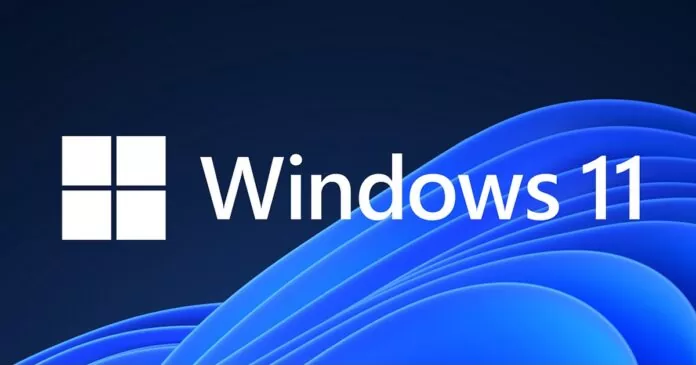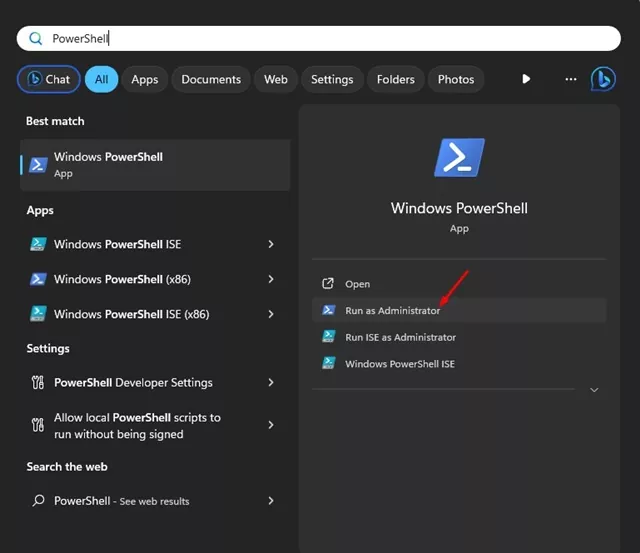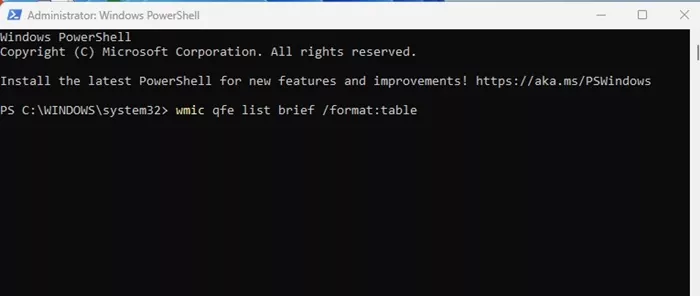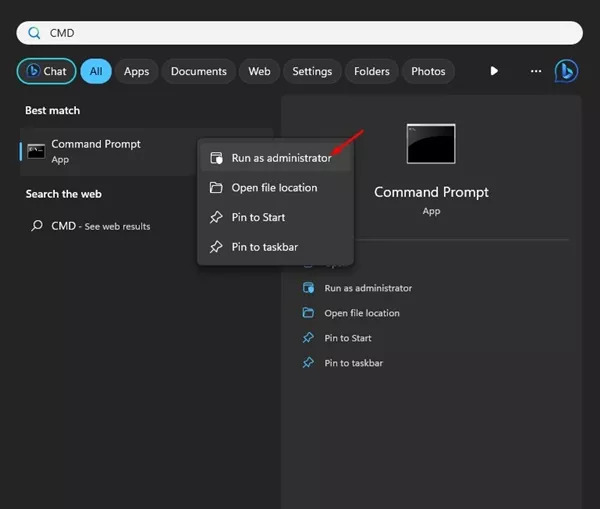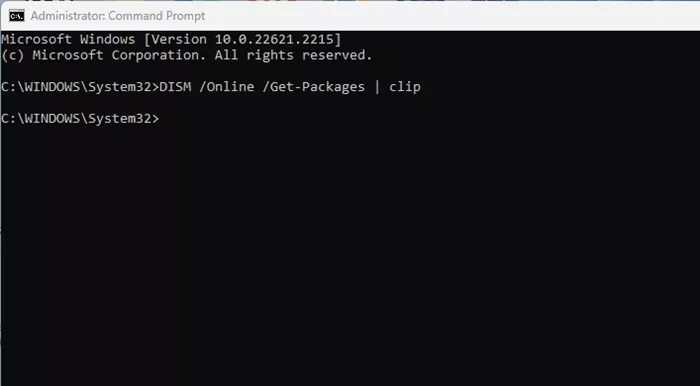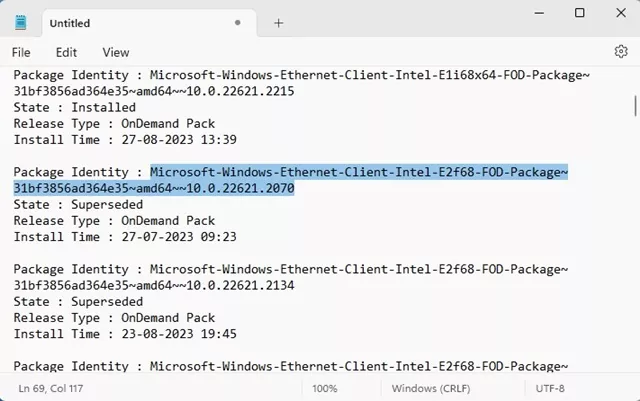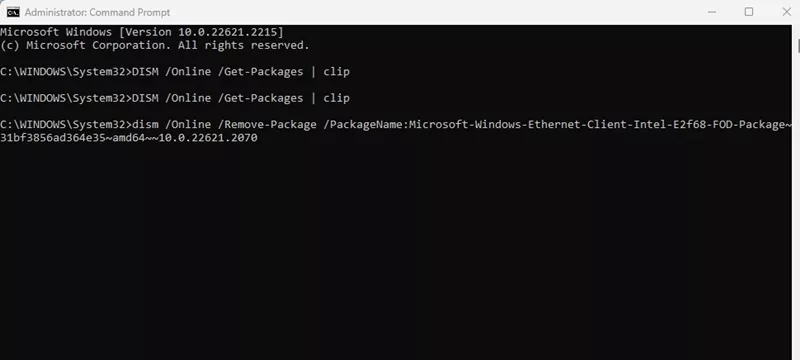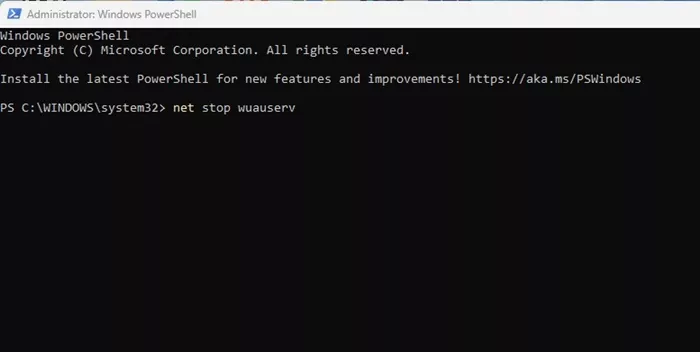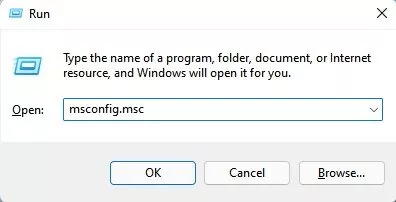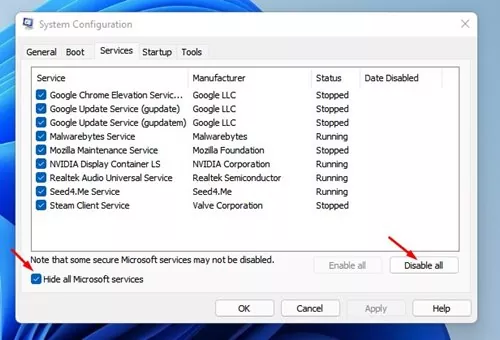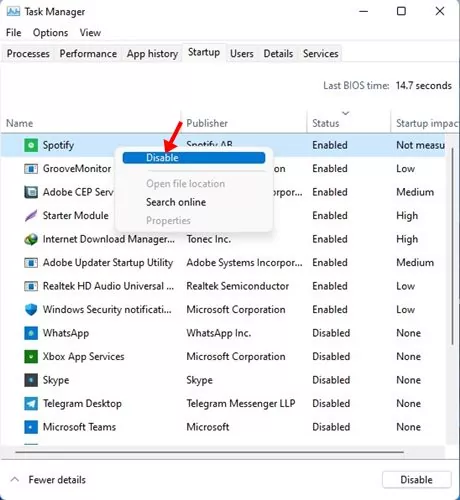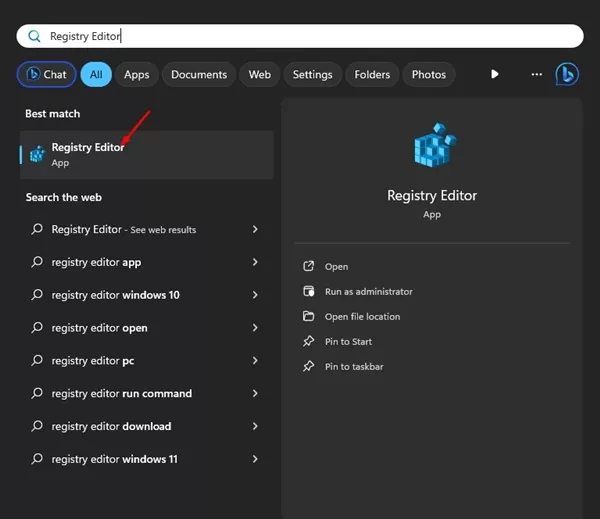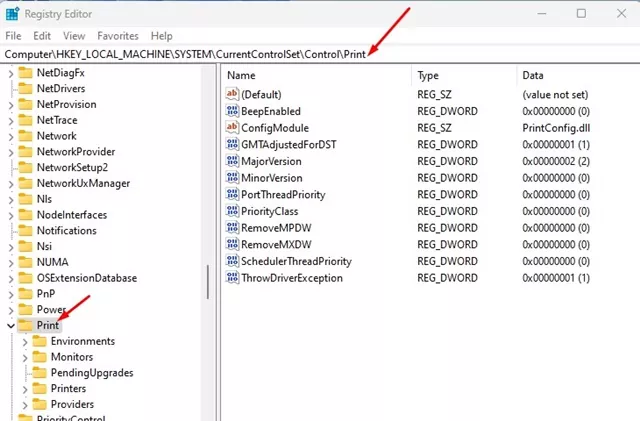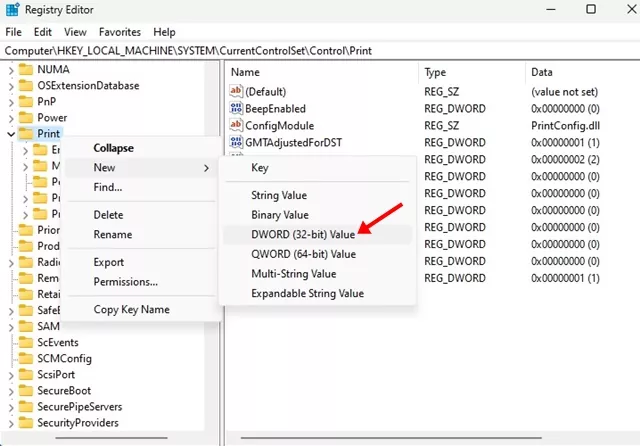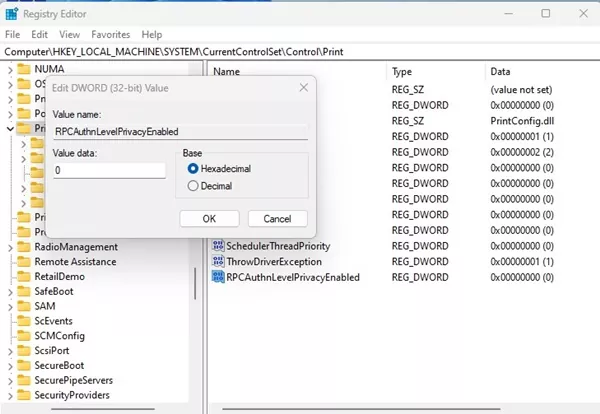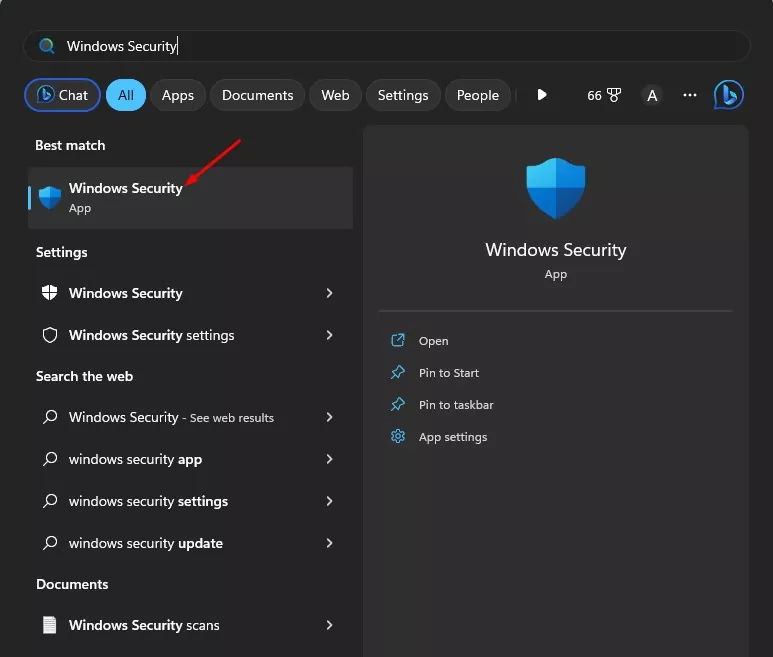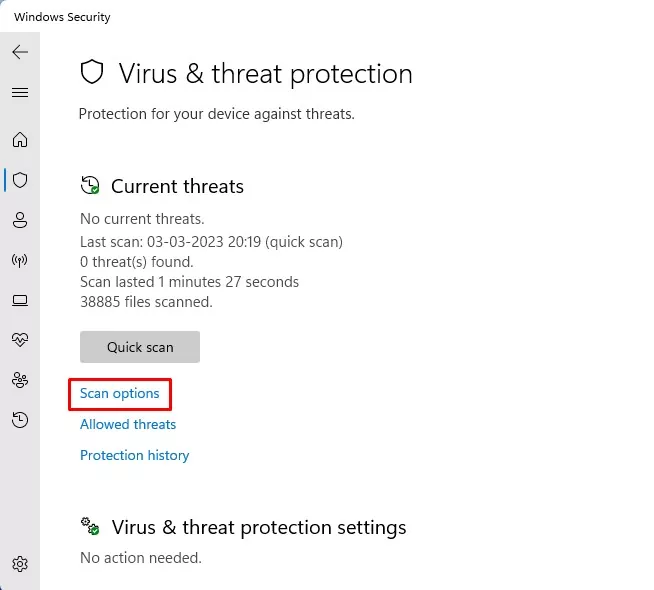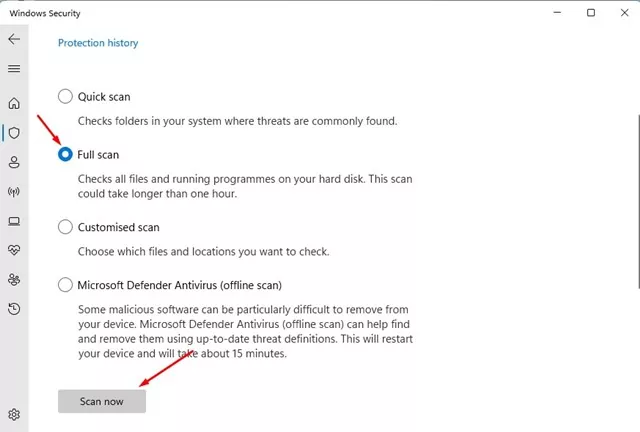The biggest advantage of having a Windows operating system is that you get the freedom to install & uninstall system updates manually. You can pause the Windows version updates for a while and then resume it.
On the other hand, if any Windows update is problematic, you can uninstall the update from the Control Panel or the Settings. There are various ways to uninstall Windows updates; the easiest is from the Settings app.
Sometimes, users may face problems while uninstalling a specific update. The update could be a security patch, feature update, or whatever; users can face problems while uninstalling them.
Recently, many Windows 10 and 11 users have reported encountering ‘Not all of the updates were successfully uninstalled’ error while uninstalling a specific update. If you see this error, the update uninstallation has failed, and you need to find & stop the issue preventing the uninstall.
In this article, we will discuss several methods that would help you fix ‘Not All of the Updates Were Successfully Uninstalled‘ error message on Windows 10/11. Let’s get started.
Why does ‘Not All of the Updates Were Successfully Uninstalled’ Appear?
The ‘Not All of the Updates Were Successfully Uninstalled’ error message usually appears when a certain process prevents the update uninstallation process. It could be malware, problems with the installation files, incorrect update installation, etc.
If you cannot uninstall the Windows updates, you need to look for other ways to uninstall them. You can take the help of PowerShell, Command Prompt, or Reset the Windows Update Components to resolve this error message.
How to Fix Not All of the Updates Were Successfully Uninstalled Error?
Since the actual cause of the error is still unknown, we have to rely on general workarounds to resolve the issue. Here are some of the best things you can do to resolve this Windows Update uninstallation issue.
1) Use the PowerShell to Uninstall Windows Update
If you are unable to uninstall specific Windows 11 updates, you need to take the help of the PowerShell utility. Here’s how you can use PowerShell to uninstall Windows 11 updates.
1. Type PowerShell on Windows Search. Right-click on the PowerShell & select Run as administrator.
2. When the PowerShell opens, execute this command:
wmic qfe list brief /format:table
3. Now note down the HotFixID (KB number) of the Windows update you want to uninstall.
4. Now execute this command. Replace ‘number‘ with the KB number you noted in the previous step.
wusa /uninstall /kb:number
5. A Windows Update Standalone Installer prompt will pop up. Click on the Yes button to continue.
That’s it! Now, wait a few minutes for the update to uninstall on your device. After the uninstall, restart your Windows PC.
2) Use the DISM tool to Remove the Windows Update
While the DISM tool is mainly used to fix corrupted system files, it can uninstall updates that don’t get uninstalled, even after multiple attempts. Here’s how to use the DISM tool on Windows to remove stubborn Windows Updates.
1. Press the Windows key + S button to open Windows Search. Type in Command Prompt, right click on the CMD app, and select Run as administrator.
2. When the Command Prompt opens, execute this command:
DISM /Online /Get-Packages | clip
3. Now open Notepad and press the CTRL + V button. This will paste the output of the DISM command.
4. You need to identify the update package you want to uninstall. Once identified, copy the value text next to the Package Identity.
5. Return to the Command Prompt and execute this command:
dism /Online /Remove-Package /PackageName:Package_ID
Important: Replace the ‘Package_ID’ with the value you’ve copied in the previous step.
That’s it! This will uninstall the Package ID from your computer. Make sure to restart your computer after the process completes.
3) Reset the Windows Update Components
As mentioned above, problems with the Windows Update Components are often the prominent reason for Windows failing to uninstall updates. So, it’s best to reset the Windows Update Components to resolve this issue. Here’s how to reset the Windows Update Components in easy steps.
1. Press the Windows Key + S button on your keyboard. On the Windows Search, type PowerShell, right click on the PowerShell app & select Run as administrator.
2. Now execute each of the given commands one by one.
net stop wuauserv net stop cryptSvc net stop bits net stop msiserver ren C:\Windows\SoftwareDistribution SoftwareDistribution.old ren C:\Windows\System32\catroot2 catroot2.old net start wuauserv net start cryptSvc net start bits net start msiserver
After executing all these commands, restart your Windows computer. This will reset the Windows Update Components.
4) Clean Boot Windows
Clean Boot is a Windows feature that forces the operating system to start with only essential programs & processes. Performing a clean boot will possibly disable all third-party apps & processes disrupting the Windows Update Process from functioning. Here’s how you can perform a clean boot on Windows.
1. Press the Windows Key + R button on your keyboard. On the run dialog box, type msconfig.msc and press Enter.
2. On the System Configuration, switch to the Services tab.
3. Now check the Hide all Microsoft Services checkbox and click on Disable All.
4. Now open Task Manager and switch to the Startup Tab. On the Startup, right click on all third-party apps and select Disable.
After making the changes, restart your computer. Your PC will boot into a clean state without any third-party apps. You can try uninstalling the Windows updates.
5) Make Changes to Windows Registry
If nothing has worked, you can modify the Registry Files. Here’s how you can change the Windows Registry to resolve the ‘Not All of the Updates Were Successfully Uninstalled’ error message.
1. Open Windows Search, type in Registry. Open the Registry Editor app from the list.
2. When the Registry Editor opens, navigate to the following path:
HKEY_LOCAL_MACHINE\System\CurrentControlSet\Control\Print
3. Right click on the Print folder and select New > DWORD (32-bit) Value. Name the new key as RPCAuthnLevelPrivacyEnabled.
4. Double-click on the RPCAuthnLevelPrivacyEnabled and enter 0 on the Value data field. Once done, click on the OK button.
That’s it! This is how you can modify the Registry Editor to resolve Not All of the Updates Were Successfully Uninstalled error message.
6) Run an Antimalware Scan
Windows continuously failing to uninstall the updates may also be a sign of malware/virus infection. Certain malware are designed to run on a specific Windows version, and once they are installed, they prevent users from installing/uninstalling updates further.
So, it’s best to run a full antivirus scan with the Windows Security application and see if it resolves the problem. Here’s what you need to do.
1. Open Windows Search and type Windows Security. Open the Windows Security app from the list.
2. When the Windows Security app opens, select Virus & Threat Protection.
3. Under the Current threats, click on the Scan options link.
4. Select Full Scan and click on the Scan Now button.
That’s it! This is how you can run a full antivirus scan on your computer to resolve the ‘Not All of the Updates Were Successfully Uninstalled’ error message.
So, these are the few best & working methods to fix Not All of the Updates Were Successfully Uninstalled error on Windows 10 and Windows 11. If you have followed all methods carefully, you should be able to uninstall the updates now. Let us know which method worked for you to fix the ‘Not All of the Updates Were Successfully Uninstalled’ Windows 11 error message.

